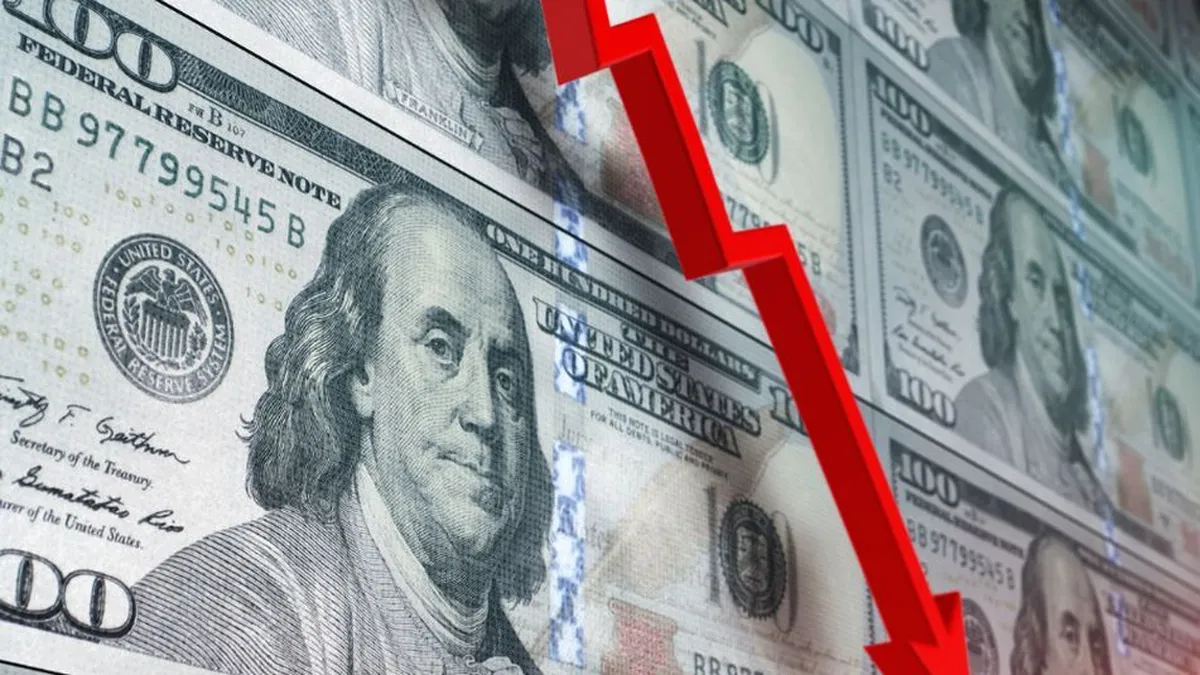Despite being the most used currency worldwide, there is currently a strong defolarization process.
After World War II, The dollar was the most used currency worldwide and his adoption never stopped growing. But at present, following the end of globalization and from the remembered sanctions to Russia for war with Ukraine, there were many countries that chose to start trade in other currencies for Avoid the use of the dollar.
The content you want to access is exclusive to subscribers.
In the first place, it did the Eurasian country itself, forcing its commercial partners to use local rubles or currencies, and secondly, a strong blow was given by Brazil and China, when stopping using the US currency in operations that were around 240,000 million dollars. When many countries restrict or take limitations with respect to the dollar, it is generally a sovereign decision to boost local currency and also limit or reduce the influence that the United States has on regional economies.


BRICS

Dollar bills and creation of new currencies
In many cases, these actions lead to hard sanctions from the United States and its monetary authorities, such as the Federal Reserve (FED) or the Office of Engraving and Printing (BEP). This is another of the reasons why many countries are tired of the hegemony of the dollar.
The main reason why the countries restrict operations is the intention of decrease the influence of the United States on local economic systems. Most of the decision was taken by the community of independent states, which includes countries from both Europe and the BRICs. The BRICs cover nations around the world and continents: Brazil, Russia, India, China and South Africa. Together, the countries of the block made the decision to leave the dollar in their operations and expressed their intention to create a new currency.
Another reason for the elimination of the dollar was the request of the US monetary authorities to remove damaged, old or mutilated tickets.
Source: Ambito




